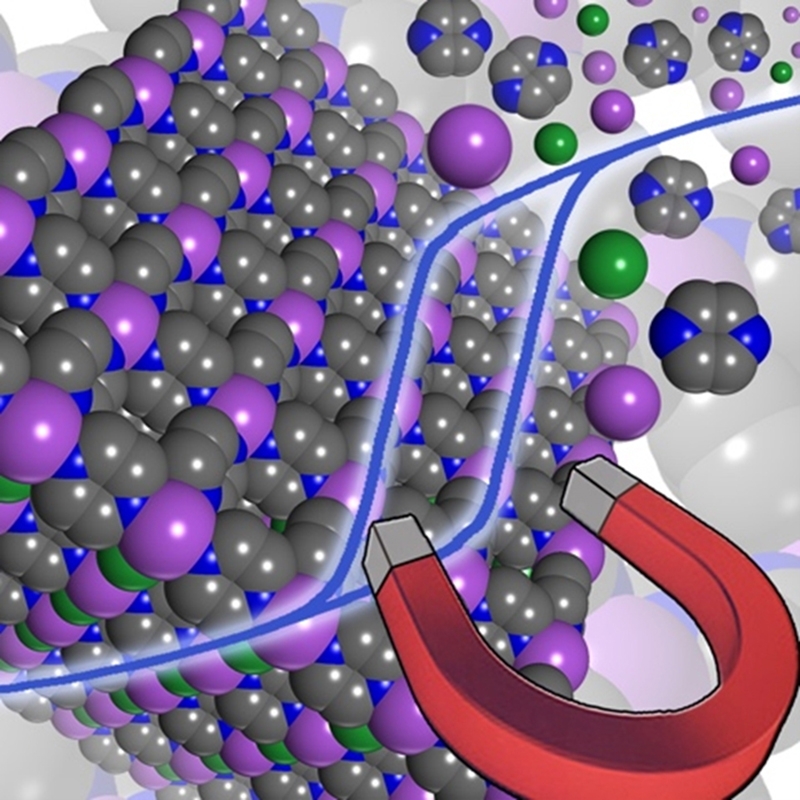Chemical networks attract new properties for magnets
Researchers in Finland report that the high operating temperature (up to 242°C), large coercivity and low density could rival current inorganic magnets used in everyday appliances.

“The synthetic strategy used in this work should be widely applicable to related systems and while these results represent new benchmarks for coercivity and critical temperature in low density, lightweight, metal-organic magnets, I expect future results will lead to further improvements and real-world technology applications,” says Aaron Mailman, Research Fellow at the Academy of Finland.
As part of an international team, led by the Centre de Recherche Paul Pascal, France, the researchers have created coordinated chemical networks that are made up of an organic radical – a molecule with an unpaired electron that carries spin – and a paramagnetic metal ion.
“The strategy consists of the post-synthetic reduction of the constituents, or, in other words, injecting electrons to already known materials to form radicals by chemical reduction, leading to an increase in the magnetic interactions,” Mailman describes. BM01 and ID12 beamlines were used at the European Synchrotron Research Facility, France, to understand the structure and magnetic properties.
To develop the magnets, Mailman explains that “a reducing agent dissolved in a common organic solvent (tetrahydrofuran) was added to two known chromium-pyrazine-based 2D networks in a heterogenous reaction and the mixture is typically stirred for four days.
“During this time, the reducing agent provides electrons to the 2D networks, resulting in room temperature molecule-based magnets. The solvent is removed and the solid is isolated by filtration then it’s ready to be used.”
The magnetic properties have been measured in a superconducting quantum interference device magnetometer at the Centre de Recherche Paul Pascal, displaying the highest operating temperatures and largest coercive fields reported for molecule-based magnets of up to 7,500Oe. These are comparable to those found in existing inorganic magnets, according to the researchers. The lightweight magnets also display densities around 1.2gcm-3 (compared to 5gcm-3 for traditional inorganic magnets). The work so far has been conducted on a laboratory scale, but due to the low cost and mild synthetic conditions, the team believes they could be synthesised in large quantities.
“Since these new magnets are much lighter than traditional magnets, they could supersede technological applications where excess weight poses a problem (mobile telephones, satellites, etc.),” adds Mailman. “We are trying to produce high-performance, molecule-based, conducting magnets, which could find applications in emerging fields, such as spintronics, magnetoelectrics, electrocatalysis, etc.”







